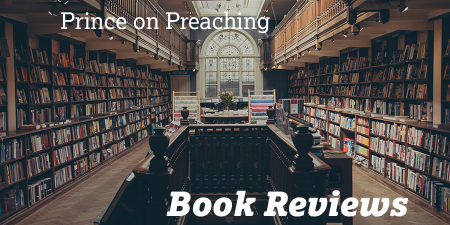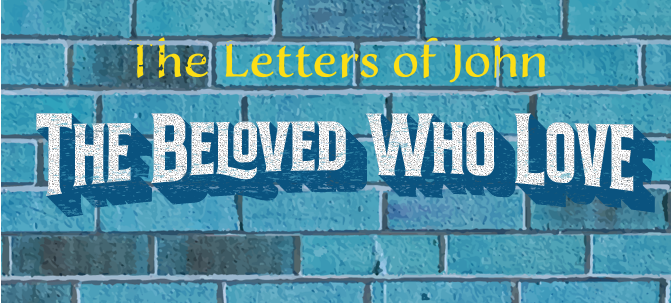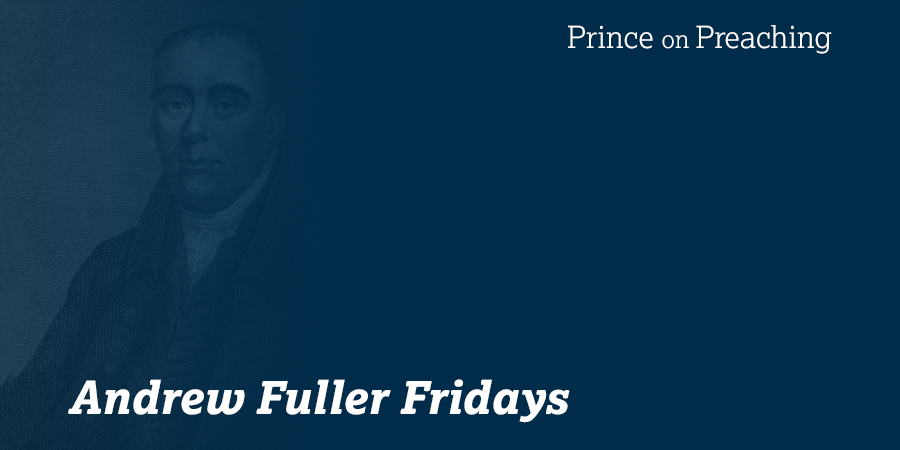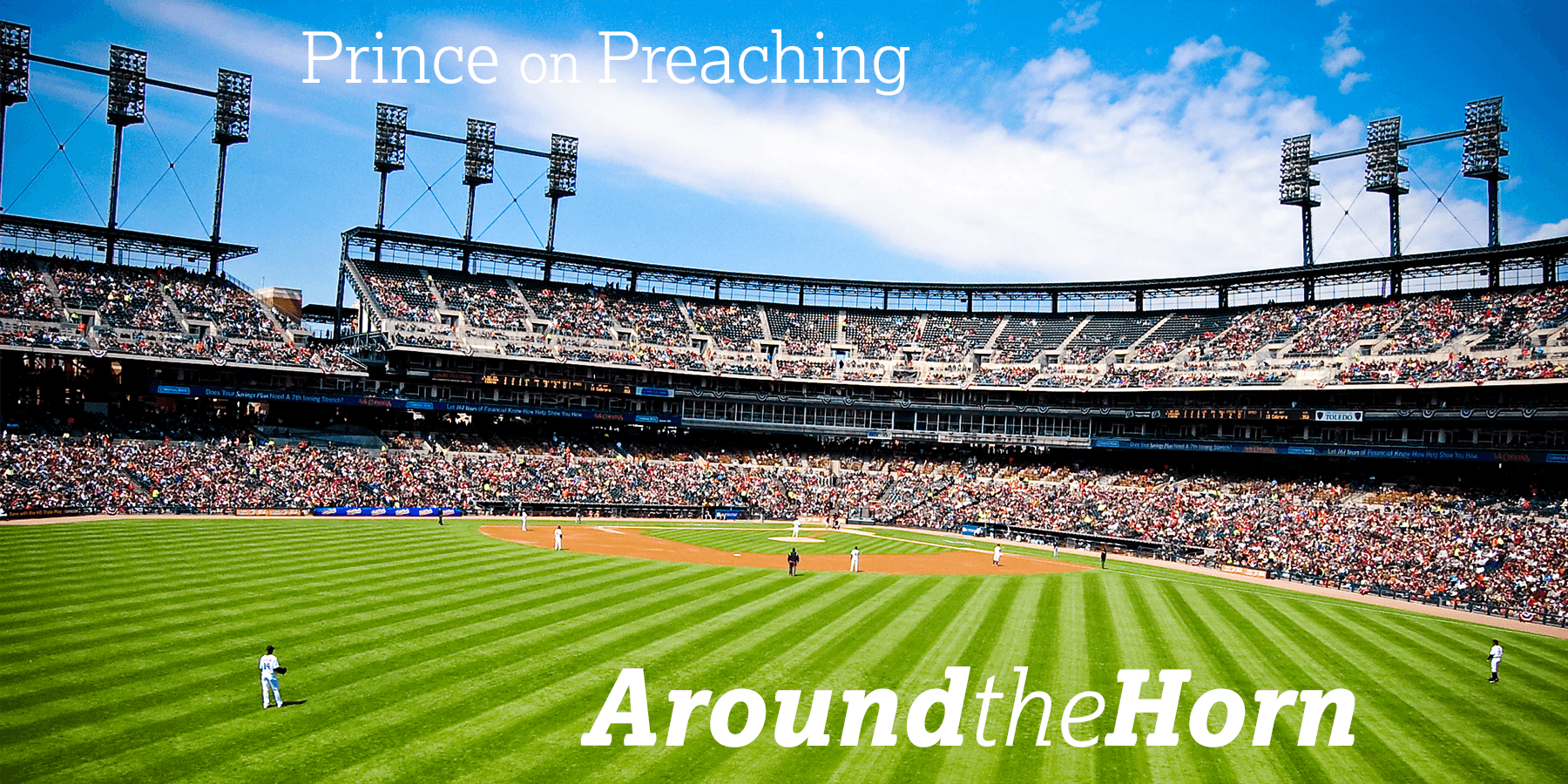
DeYoung, Kevin. The Biggest Story: How the Snake Crusher Brings Us Back to the Garden. Illustrated by Don Clark. Wheaton: Crossway, 2015. 132 pp.
As a Christian parent, one of my biggest privileges (and responsibilities) is to guide my children through God’s Word. I want their souls and their minds to be inspired by what God has said, to be amazed by it, and to be immersed in it. I want them to understand the world as it really is, as it is revealed in the Scripture, and I want them to live their lives with the eternal perspective God gives.
One of the challenges in exploring the Scriptures with kids is helping them see the big picture of the whole Bible. With over thirty thousand verses to the Bible, how can we give kids a zoomed-out overview that they can manage at a young age? Kevin DeYoung has written The Biggest Story as a tool for parents with that very aim in mind.
Summary and Evaluation
The Biggest Story is a storybook-style retelling of the big picture of the Bible that starts in the Garden of Eden and ends with the new heaven and the new earth. It’s notably concise. It accomplishes this overview in less than three hundred sentences arranged in just ten chapters displayed on 112 pages of brightly colored illustrations. (With such brevity, my daughters and I were able to comfortably read the entire book in just three sittings.)
The book is written with a dual audience in mind: it is clearly designed for children, yet, at the same time, it has humor and wording throughout that adult readers will enjoy. By its very nature as a story for kids, it is simple, yet, at the same time, DeYoung is intentionally and profoundly theological. He tells the story of the Scripture and, in the process, traces certain themes to show how the story of the Bible fits together as God works to save his people through his Son, Jesus Christ.
Reading through the full storyline of the Bible in such a tight package is, on the one hand, quite frustrating because you experience all the faithlessness, failures, and sins of the people throughout the Scripture on page after page. On the other hand, it’s engagingly beautiful to see God’s continual faithfulness to his promises and his unceasing work to save. The combination of those two storylines—culminating with the final, eternal, saving victory of God in Jesus—is the most memorable experience of reading this book.
At times, the wording can be a bit too abstract or idiomatic for small kids who tend to hear things literally. For example, when the book stated that Solomon “started off on the right foot, but he ended up tripping quite spectacularly,” I had to explain to my daughters that King Solomon didn’t actually fall down but, instead, made some foolish choices and sinned (86). Furthermore, the illustrations, which are truly beautiful and wonderfully creative, are abstract enough that parents of younger kids should be prepared to answer many questions such as “What is that?” and “Why does it look that way?” More than once, my answer to my 4-year-old was simply, “Because it’s artistic.” Instead of seeing these as drawbacks, you can think of these as additional ways in which the book will stir up conversation between you and your children.
Conclusion: How to fit The Biggest Story into your parenting
As you help your children grow in their understanding of God’s Word, first and foremost, they need to see you with an open Bible, and they need to hear from you the actual God-breathed words of Scripture. Hopefully you are also helping them to store up in their hearts and minds the very words of God in the form of memory verses. Resources such as The Biggest Story are not designed to be substitutes for the actual Bible.
As you read God’s Word to your kids, though, you also need to help them understand the big picture of how God has worked to save us. They need to see how Genesis fits with Matthew which fits with Revelation as a part of God’s grand, true story of the gospel. That’s where The Biggest Story comes in. It’s an excellent tool to help you do that. I recommend it for use with kids ages four through fifth grade. Are there other books you can use? Absolutely. Many readers will be familiar with the widely-popular Jesus Storybook Bible by Sally Lloyd-Jones (for the same age group) or with The Big Picture Story Bible by David Helm (for 2-6 year olds), both excellent resources. I recommend building a family library that would include all three of these plus any other resources you find that will be helpful to you in your task.
Todd Martin, Children’s Minister at Ashland Avenue Baptist Church in Lexington, KY




